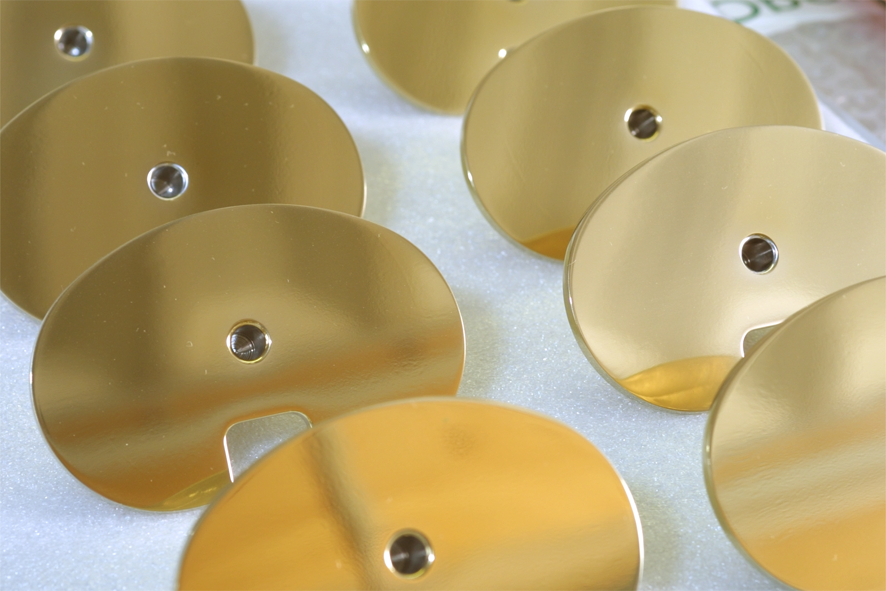
Titanium Niobium Nitride Coatings (TiNbN)

DOT video for TiNbN
Properties
- Coating thickness: 0.5–6 µm
- Adhesion strength: at least HF 1 (DIN EN ISO 26443)
- Coating hardness: ~2,500 HV
- Increased wear resistance and reduced abrasion
- Reduction of allergy potential


 EN
EN  DE
DE 


